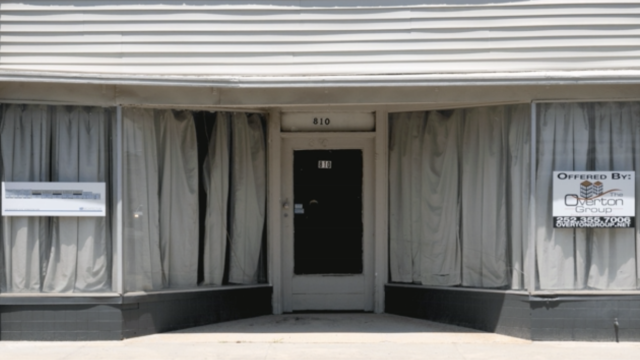Epiphany Knedler
810 Dickinson Avenue, 2018
Video, 0:06
On loan from the Artist
On view in the E. Craig Wall, Jr. Academic Center from August 16 – October 3, 2020.
Please note: All buildings on campus, including the Wall Center, are only open to Davidson students, faculty, and staff due to the pandemic. We are planning to re-screen videos at a later date when the campus re-opens to the community! Sign up for our mailing list to stay in the loop.
Epiphany Knedler (b. 1995, American), the South Dakota-born artist, is now working in Greenville, North Carolina. While Knedler has been celebrated for her work since 2016, she received her MFA from East Carolina University this past spring. Her video 810 Dickinson Avenue, 2018, will be on view** in the E. Craig Wall Jr. Academic Center between August 16, 2020 – October 3, 2020 as a part of our Migration series. She provides some insight into her work:
“Economic inequality in America is at the highest point since before the Stock Market Crash of 1929. As economies evolve, cities experience periods of economic restructuring. Greenville’s economy has shifted from being reliant on tobacco to relying on education and health care. While the community is progressing and meeting the needs of some, other groups are being marginalized and ignored. These economic and social changes are creating a trend towards gentrification.
Revitalize: Dickinson Avenue focuses on the economic adjustments in Greenville, North Carolina. Greenville is home to a traditional Southern structure. Race and class distinctly separate the neighborhoods; the railroad is the traditional line of segregation where development is occurring along Dickinson Avenue. A once-bustling street is being revived for high-end boutiques and restaurants. The surrounding neighborhoods historically have poverty, low income, and substandard housing. The West Greenville Revitalization Plan strives to revive this area without accountability for displacement or cultural changes. With high poverty and advanced economic industries, a schism has occurred between meeting community needs and growth. This leaves room for echoing thoughts of gentrification. These images, taken once a month between September 2017 through November 2018, explore this community in its current state, as redevelopment and inequality approach.”
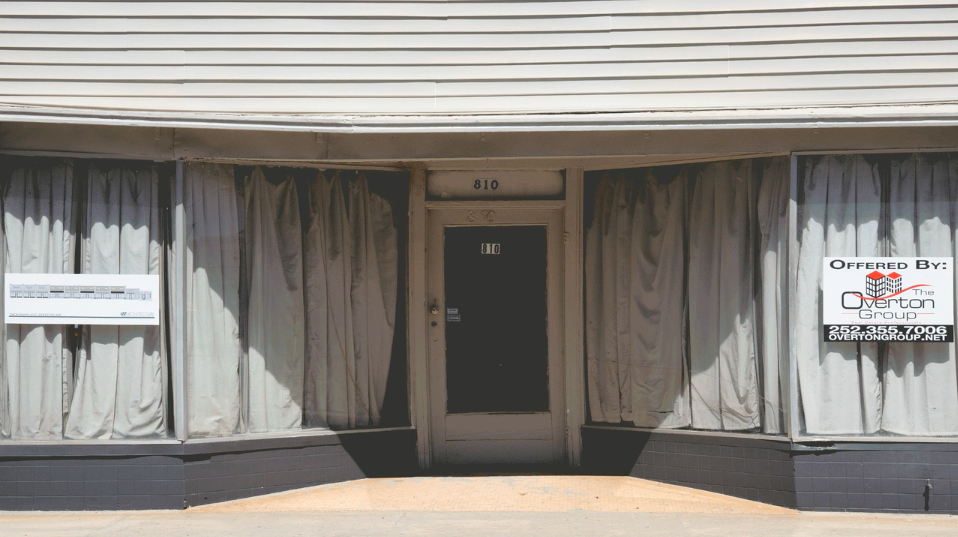
Q&A
Intern Michaela Gibbons ’22 interviewed Knedler about her video and how it documents the inequitable changes occurring in Greenville, NC.
Q: What type of businesses were on Dickinson Avenue before the revitalization? How did this street serve the community?
A: Dickinson Avenue has a long history in Greenville for being an epicenter for business and community. It was a dividing street between the downtown area and tobacco warehouses, on which much of Greenville’s local economy is built. It was long home to barbershops, a theatre, diner, and drugstore. During the 2000s, the city began moving away from the tobacco industries, and with that, Dickinson Avenue lost business. The community was invested in, first, revitalizing Uptown Greenville, the main arts district, and second, moving outwards to the rest of the local community.
Q: What businesses are there now? How were they selected? Do they cater to a different community?
A: Dickinson Avenue is now home to a multitude of arts, entertainment, food, and home goods stores, including Pitt Street Brewery, Dickinson Avenue Public House, Mpourium, Stumpy’s Hatchet House, Jack Brown’s Beer and Burger Joint, and Halo Home, to name a few. The area is being rebranded as an arts district, combined with the current shopping district of Uptown. These businesses were very open-ended in how they were selected, and more so focused on the brand of the city. The main focus was having businesses which would encourage the college population to invest in the local economy.
Q: At 00:12, the storefront is entirely boarded up, and I am curious to understand this further. Typically, storefronts are boarded up in areas of high crime and vandalism. Is this the case for 810 Dickinson Avenue or is an assumption the builders are making? What is the relationship between city officials and the community surrounding Dickinson Avenue?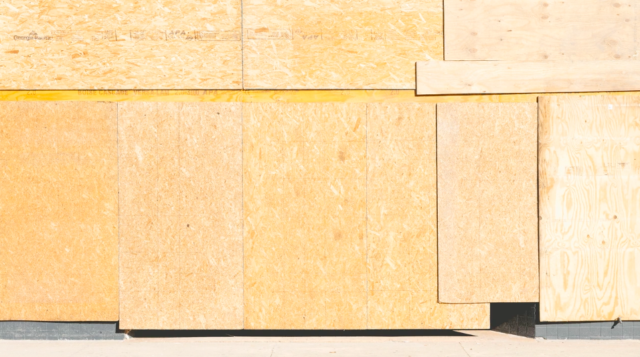
A: During this construction, the storefronts were primarily boarded up since they were all getting new windows. On the note of high crime and vandalism, I do believe that was one of the worries and assumptions of developers. Dickinson Avenue is near the train tracks which are essentially a line of segregation and poverty; directly to the West of Dickinson is a primarily Black neighborhood which is continually denied investment by the community. Redlining is still alive and well in Greenville. The city officials and community did not get along during this development. The older generations of the surrounding neighborhoods had been through a similar occurrence in the 1960s when the city used imminent domain to take control of a Black neighborhood to build the Town Commons. The city officials were very secretive about what was occurring on Dickinson Avenue; I attempted to have meetings to inquire about how they were going about the development many times and each time the meeting was cancelled or I was ignored. The community also did not take well to me being in the neighborhood as someone with a camera, thinking I was photographing the buildings for the city. It is a very precarious relationship.
Q: How many other neighborhoods are including in the West Greenville Revitalization Plan? Are they experiencing similar consequences like gentrification?
A: The West Greenville Revitalization Plan includes 45 Blocks of the city. One of the major recently finished projects is the Tenth Street Connector, a bridge with land acquired through imminent domain and purchase which connects the interstate to Downtown Greenville. This destroyed many houses in the neighborhoods, creates noise pollution, but also reduces business on the previously used Fifth Street detour. This is a symptom of gentrification, which the city supports for the greater economic good.
Q: How has the local community and the city at large reacted to these economic and social changes?
A: They city lauds this as a success for the businesses and tourism of Greenville. It has brough a lot of college business to this area of town, from students to professors, giving them a new way to spend money on entertainment. The local community is conflicted; many see this as an investment in local businesses but other see the neighborhoods and members of the community who could use investment instead. It continues to create divides within the community.
While the community is progressing and meeting the needs of some, other groups are being marginalized and ignored.
https://www.projectgreenville.org/
About the Artist
Knedler aims to archive American life through her photography. As a result, her work highlights the politicization of our everyday world. Knedler grew up in Vermillion, South Dakota. She graduated from the University of South Dakota with a BFA in Fine Arts with an emphasis in Photography and a BA in Political Science. Afterwards, she moved to Greenville, North Carolina, where she taught undergraduates photography and received her MFA in photography at East Carolina University. Her work has been exhibited with VAE Raleigh, North Carolina Museum of Art, and PH21 Gallery in Budapest, Hungary, to just name a few.
Check out her website and follow her on Instagram.
Related Works
Knedler kindly shared with other images from Revitalize: Dickinson Avenue. The full project is can be accessed on its site: https://www.projectgreenville.org.
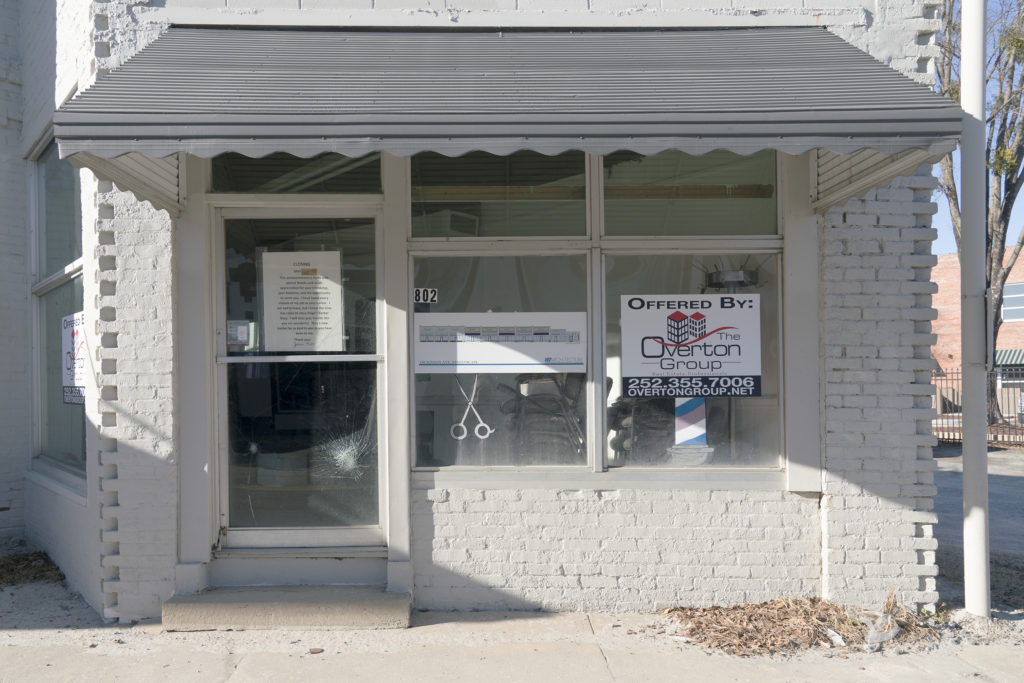
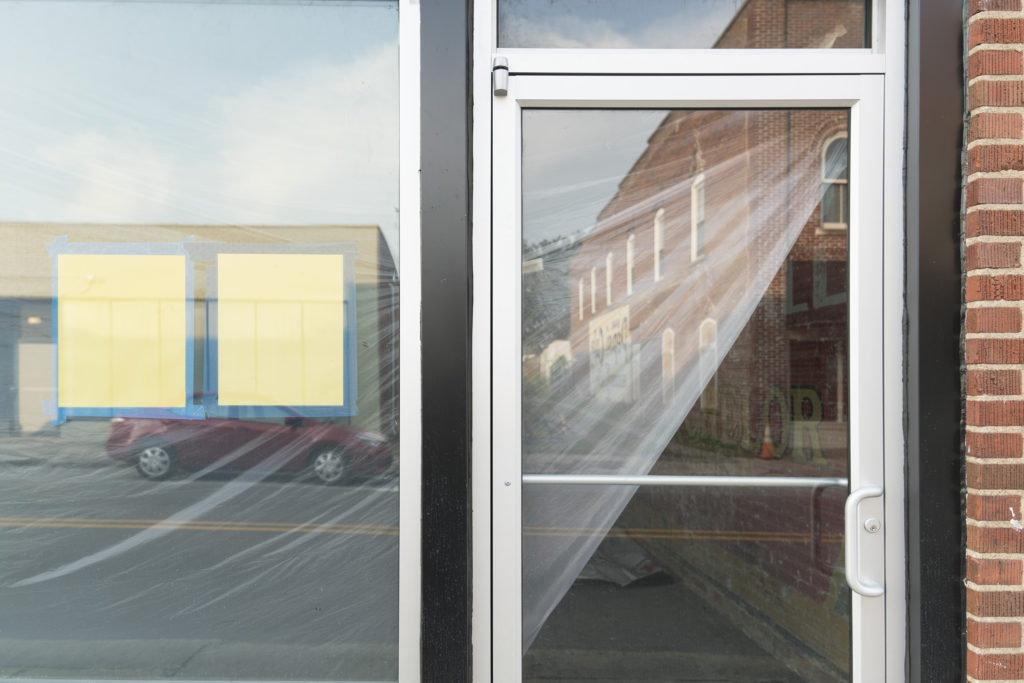
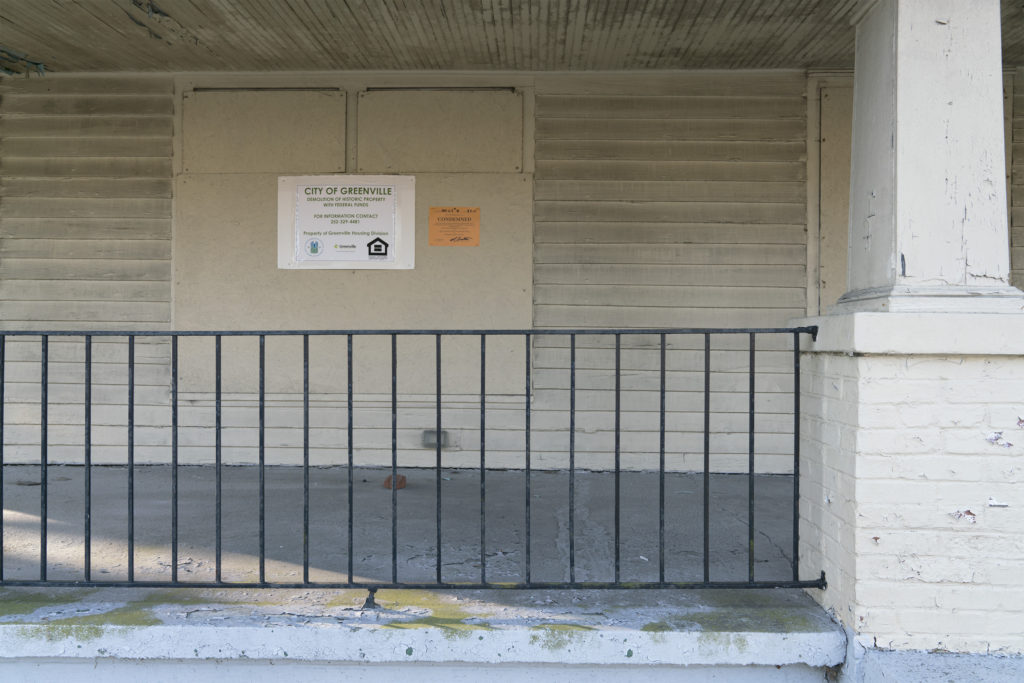
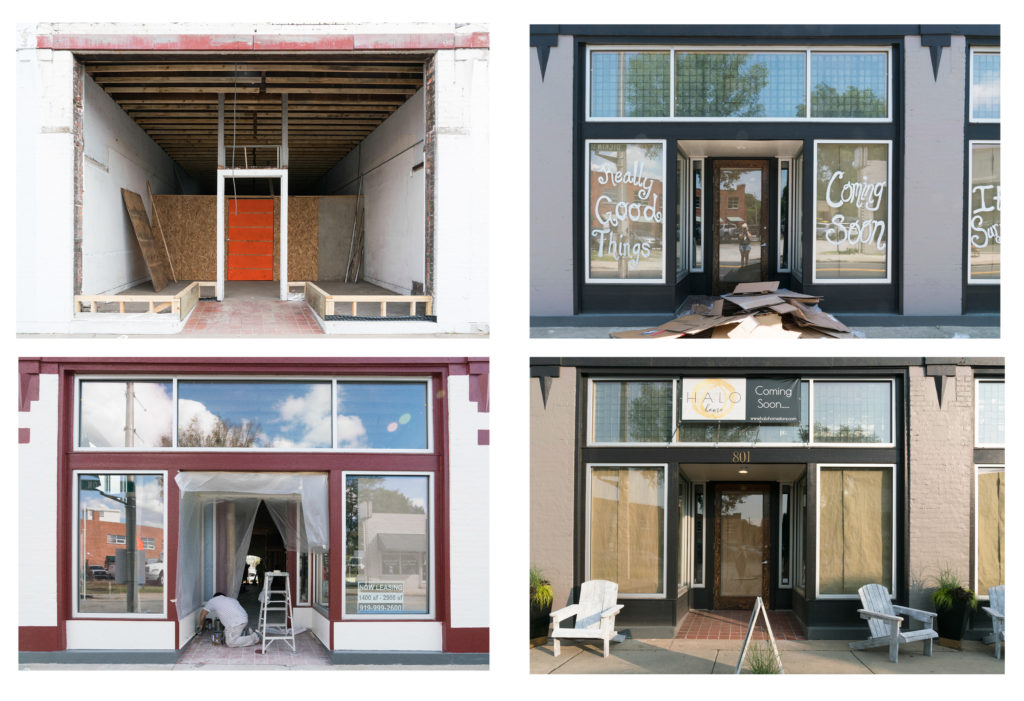
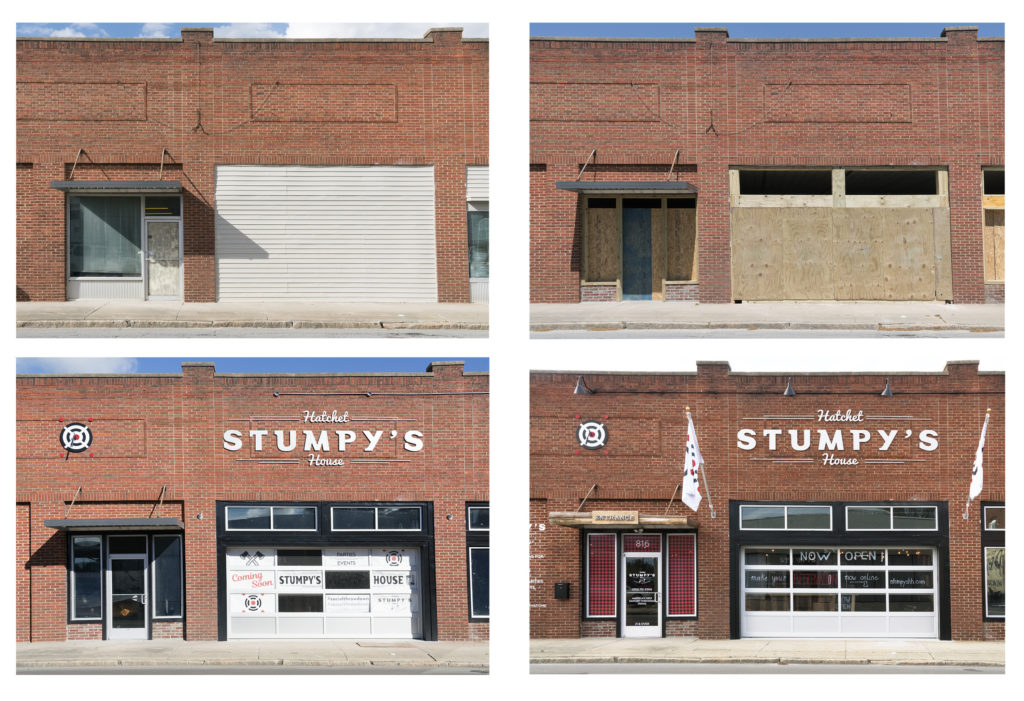
About Digital Art Exhibitions in the Wall Academic Center: The Van Every/Smith Galleries hosted a national call to artists in the fall of 2019. An interdisciplinary panel of Davidson College community members—including members of the Art Collection Advisory Committee, professors, staff, and students—reviewed hundreds of submissions. The selected artworks screen as mini-exhibitions that change every few months.

